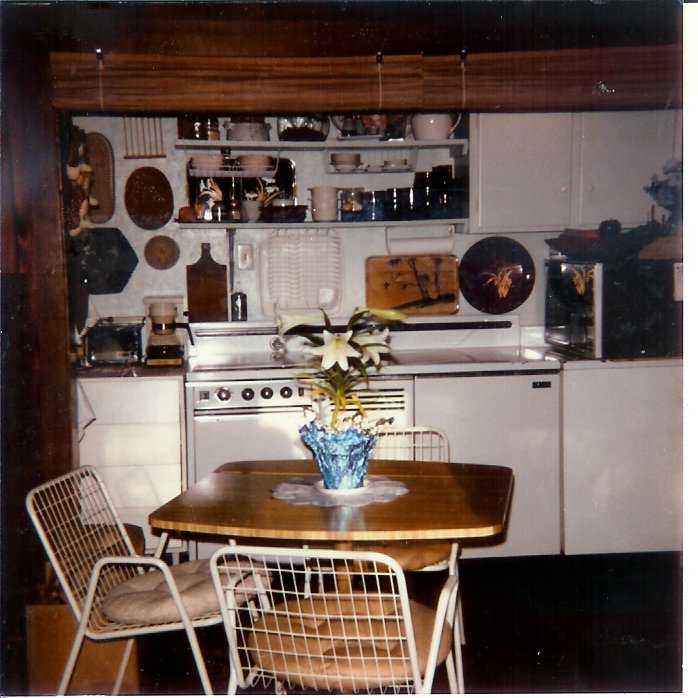2022 HAIKU CONTEST
Grades 2 to 5
Pre-war Bellevue was home to approximately 55 Japanese American families. During World War II, these families were incarcerated away from the Bellevue area and their farms and businesses forced to close. To celebrate the region’s Japanese heritage, Eastside Heritage Center has been holding a Haiku contest for elementary students and the winners have been recognized at the Strawberry Festival or the Downtown Park 4th of July celebration. This year, we are once again able to share the winning Haiku at the 4th of July celebration plus the use of our webpage and facebook.
CONTEST DETAILS
Topic: Write a Haiku about Strawberries.
A Haiku is a classical Japanese poetry form. The standard Haiku format is a triplet of lines containing five, seven, and five syllables per respective line. Sample:
Ladybugs are red,
And have black spots on their wings.
Experts at flying.
Criteria: Winning submissions will show originality, creativity, clarity of expression, good spelling, grammar and syntax.
Prizes: 1st Place - $25 2nd Place - $15 3rd Place - $10
Submissions must include the author’s name, age, address, telephone number and school. These are needed for notification.
Submit entries to: education@eastsideheritagecenter.org or mail to Eastside Heritage Center, P.O. Box 40535, Bellevue, WA 98015. Submissions will not be returned and will become the property of Eastside Heritage Center.
Submission Deadline: Monday, June 13, 2022
Notification to Winners: Thursday, June 16, 2022
Questions? Call 425-450-1049 or email education@eastsideheritagecenter.org





























